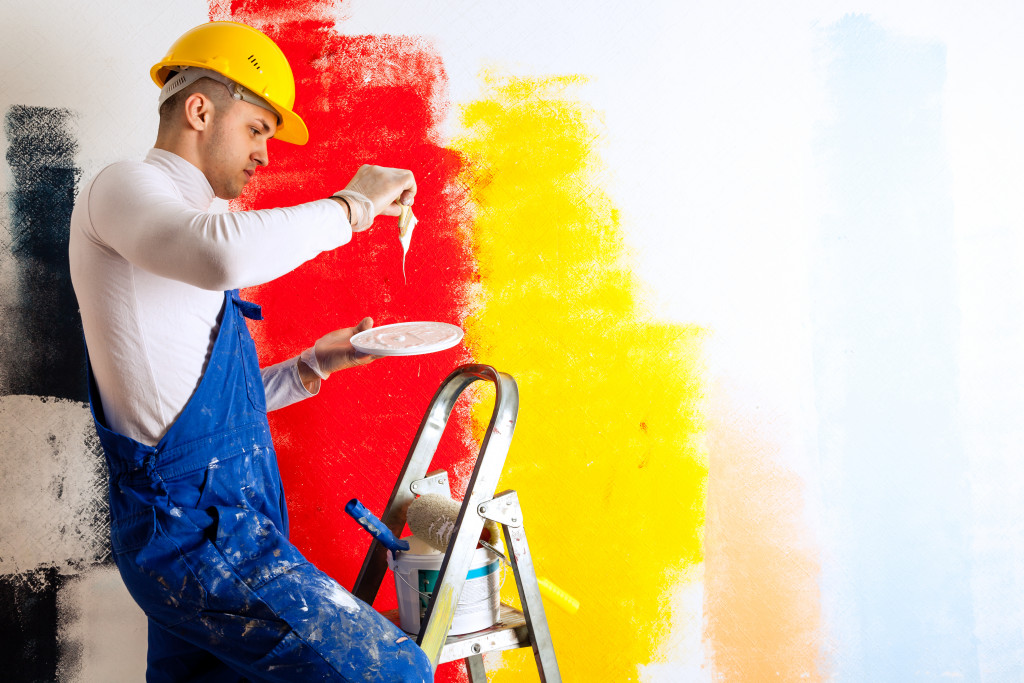For many employees, the look of their office has a direct impact on their focus during work, and therefore affects their productivity. Needless to say, promoting focus among your employees has a lot to do with your office’s design.
To increase focus, efficiency, and productivity in the workplace, here are some design tips that can help:
1. Modern partitions
Gone are the days of six-foot cubicles. Today, we have more workplaces adopting open layouts with modern office partitions. In Melbourne, for example, the majority of offices have lower partitions that allow for employee privacy without suffocating them in their workstations. And in terms of focus, modern partitions physically block employees from distractions, allowing them to pour their undivided attention to their work.
2. Clutter
Keep the office as free from clutter as possible by maximizing storage space and maintaining general orderliness, making sure there are no unnecessary supplies or items are lying around. Even if you can’t control how people treat their desks (there are some that thrive in clutter, too), it’s still important to keep the rest of the office as clutter-free as it can be, so employees are minimally distracted.
3. Lighting
Poor lighting can lead to negative effects such as eye strain, fatigue, stress, anxiety, headaches, and even depression. Consequently, these physical and mental effects can cause absenteeism, poor productivity, and low motivation among employees.
You can combat poor lighting by letting in as much natural light as you can through the windows, as well as installing energy-efficient light bulbs that are neither too bright nor too dim. Moreover, you can also provide desk lamps in case employees need extra light to work at their desks.
4. Furniture
Imagine sitting in an uncomfortable office chair with a desk that just isn’t the right height–all day, every day. As you can probably tell, the constant discomfort that this setting brings makes it difficult for employees to focus on work, while also being at risk for body pain, fatigue, and bad posture.
But with ergonomic furniture, you can not only increase focus in the workplace, but you can also help employees maintain good posture while working and avoid the ill effects of physical discomfort.
5. Colors

The psychology of color dictates that some colors are more conducive to productive work than others. Here are some of the best colors for office color schemes and their effects:
- Blue. Calms, improves focus, promotes efficiency and productivity; soothes the eye, as well as lowers body temperature and pulse rate
- Green. Decreases eye strain and fatigue, evokes compassion, and promotes optimism
- Red. Invokes emotion, increases brain activity, excites, exudes power and fun, grabs attention
- White. Tones down brighter colors, promotes creativity, adds highlights, conveys freshness and cleanliness
- Yellow. Promotes focus, energizes, promotes optimism and innovation, warms the room, grabs attention
- Gray. Highlights brighter colors, tones down room (best used as an accent color)
By far, these are the best modifiable design elements in an office that determines how well employees are focused on their job. But aside from promoting focus and productivity, most of these tips also serve to improve employees’ physical health and mental well-being in the workplace, which can also affect their performance.

